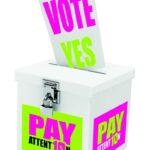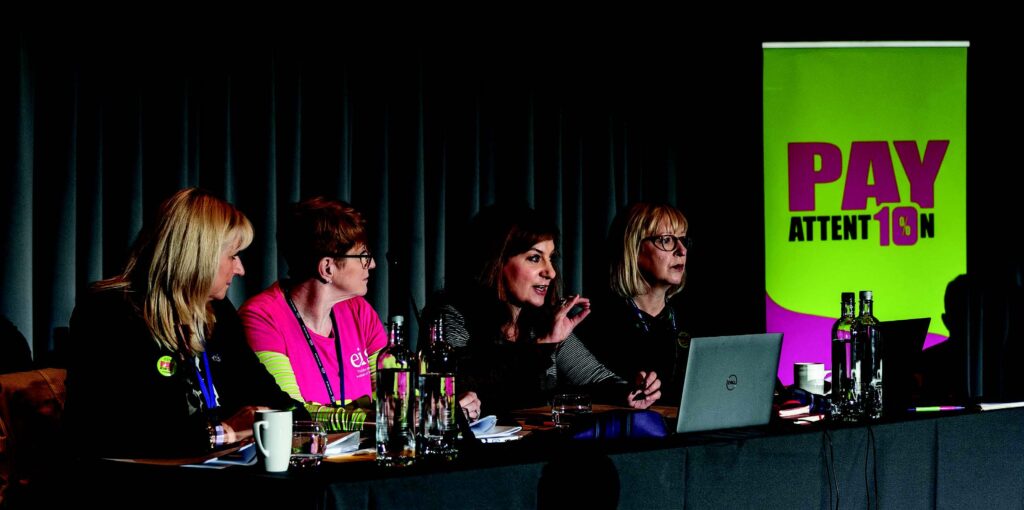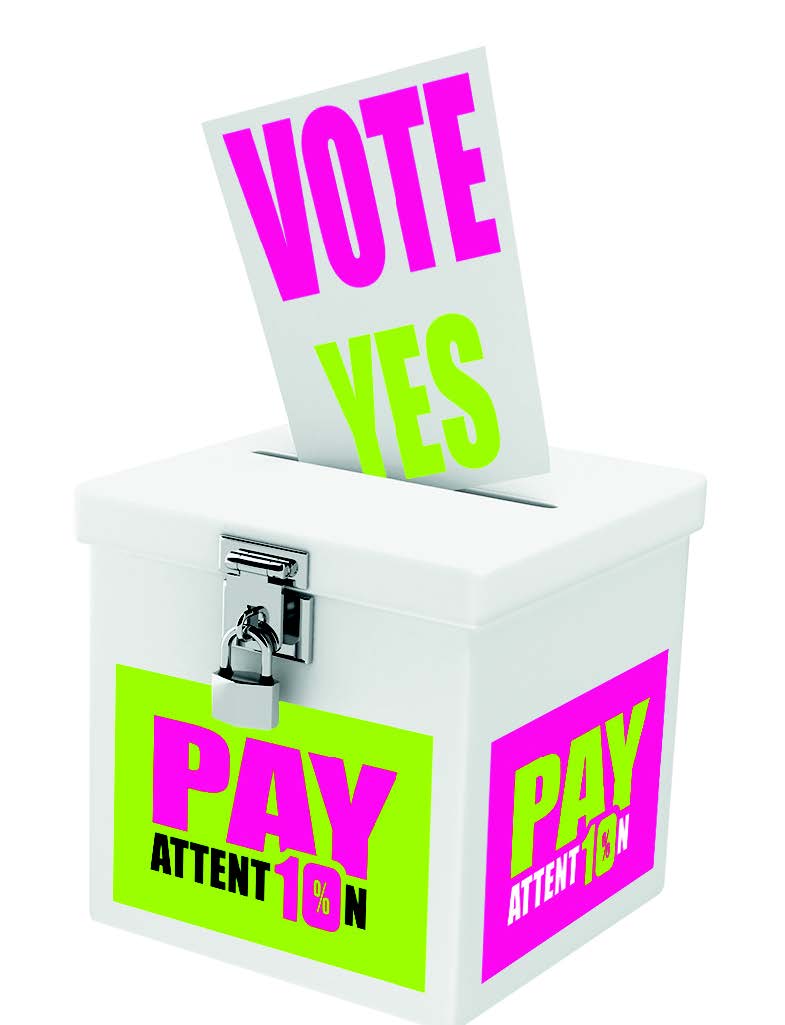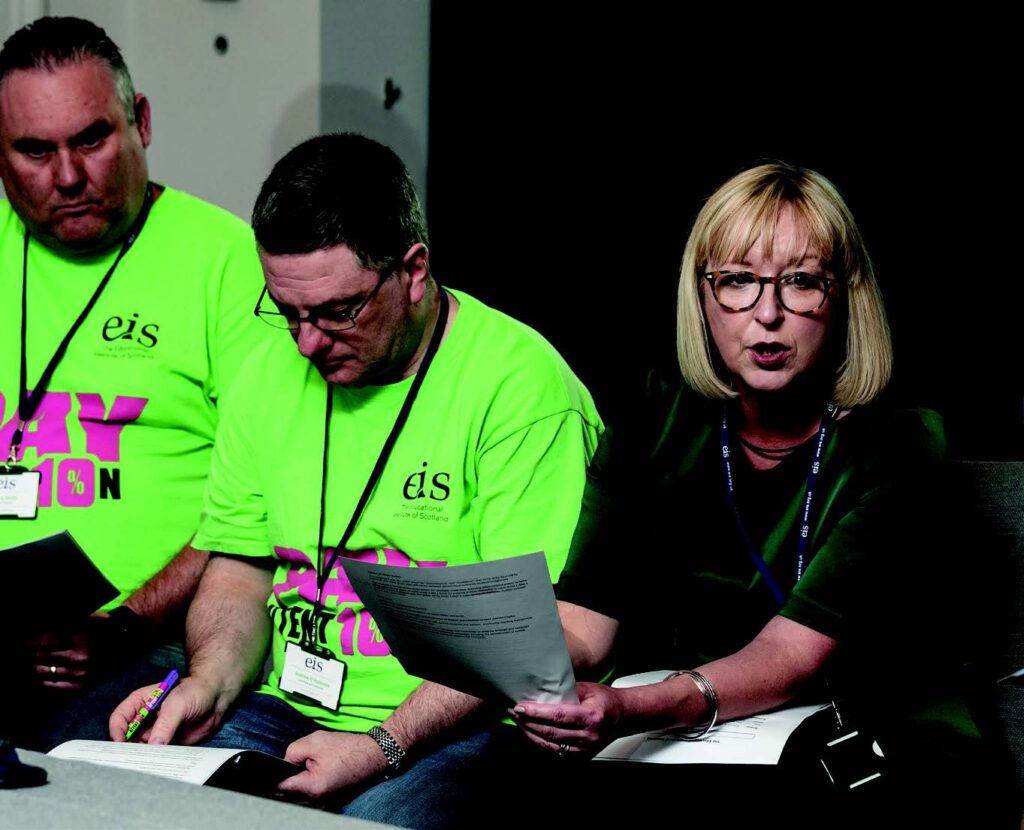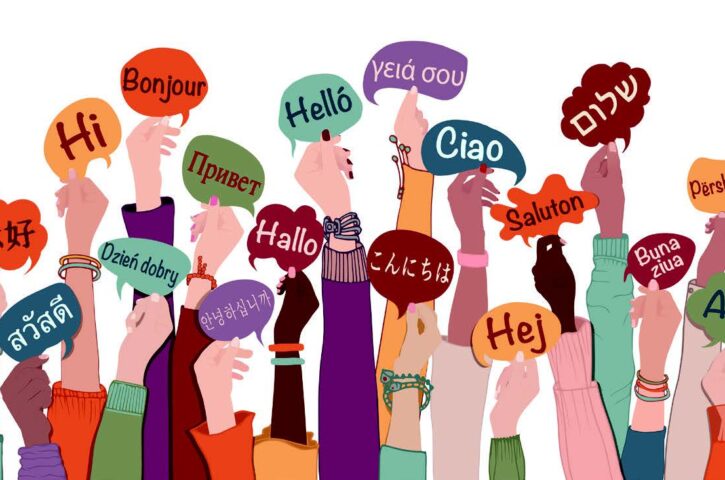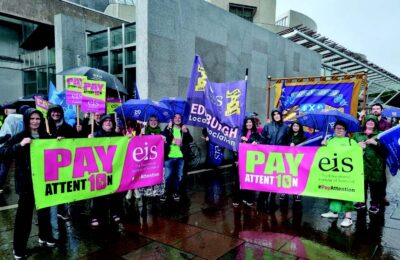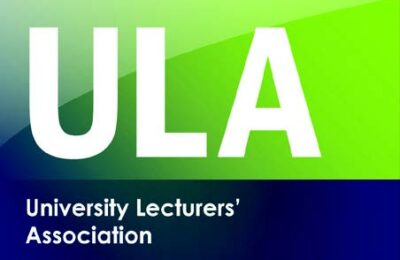Welcome to SEJ Digital October 2022
Are you ballot ready?
As this SEJ went to press, the EIS was in the early stages of preparations for a statutory strike ballot over teachers’ pay. By the time that this edition actually reaches you, ballot preparations will be well advanced and the opening of the ballot will be imminent. It is vital that all members who are entitled to vote in this ballot do so.
The recent consultative ballot on the 5% offer, and on members’ willingness to support strike action, was an important temperature check on the views of Scotland’s teachers. And, based on the results of that ballot, teachers’ anger is red-hot and will surely be raising the temperature in discussions within Scotland’s local authorities and the Scottish Government.
A massive 94% of members voted to reject the inadequate pay offer. Added to this, a huge 91% of members indicated their willingness to take strike action over pay. Turnout, always a key factor in trade union ballots, was also very high, at 78%. These are huge numbers that will surely have shocked both COSLA and the Scottish Government, both of which were watching the ballot very closely.
We now need to do all that we can to deliver a similarly strong result in the statutory ballot – the final hurdle to be overcome before strike action can be initiated, if necessary, to secure a better pay deal for Scotland’s teaching professionals.
Achieving a mandate for strike action is not easy, as a consequence of the UK government’s anti-trade union laws. The law requires that strike ballots can only be held by post – a clear attempt by the government to slow down and hinder trade unions during the ballot process.
It is interesting to note that a very small percentage of UK voters – Conservative party members – were recently able to select the new Prime Minister through a ballot which included online and digital voting. So, choosing who runs the country can be done online – yet the ability to vote securely online in statutory ballots is denied to the many millions of trade union members across the country.
UK trade union law also imposes very strict thresholds to be met before strike action can be taken – thresholds that some trade unions have failed to meet in recent years, even on important issues such as pay. For that reason, it is essential that every EIS member rises to the occasion and returns their postal ballot paper to deliver an overwhelming mandate for strike action.
Of course, strike action remains an option of last resort. Union negotiators have engaged in discussions with COSLA and the Scottish Government in good faith. It is also true, however, that the legitimate threat of strike action has a way of focusing minds amongst politicians.
The last major EIS pay campaign, which culminated in 2018, came to the brink of strike action before the Scottish Government relented and found money to enhance the pay settlement. The recent strikes by local authority workers and rail workers, amongst others, have shown how effective industrial action can be in levering additional money for pay from employers.
As the cost of living crisis continues to intensify, and with an increasing number of members already feeling its damaging impact, the EIS is determined to deliver an improved pay settlement for Scotland’s teaching professionals.
Make sure you play your part by using your vote in the forthcoming ballot to support strike action. Ballot packs will be arriving soon, and you can read more about the ballot in this edition of the SEJ and keep up to date with the latest developments via our website at www.eis.org.uk







